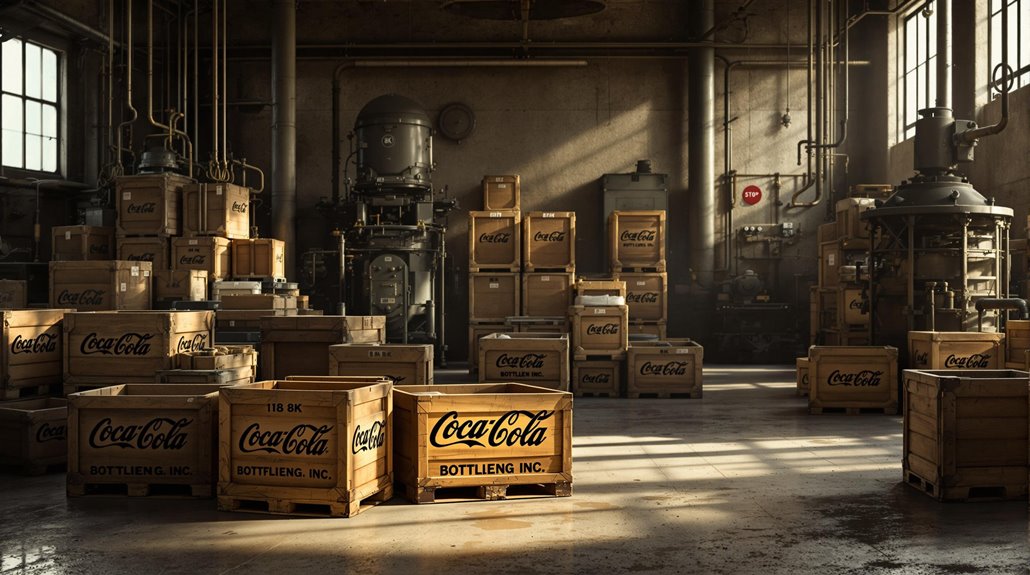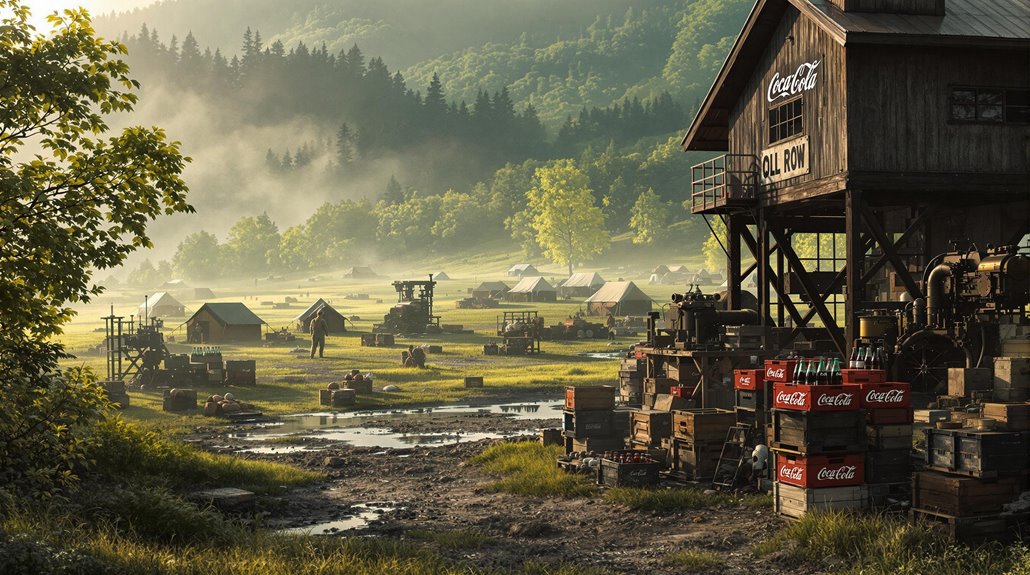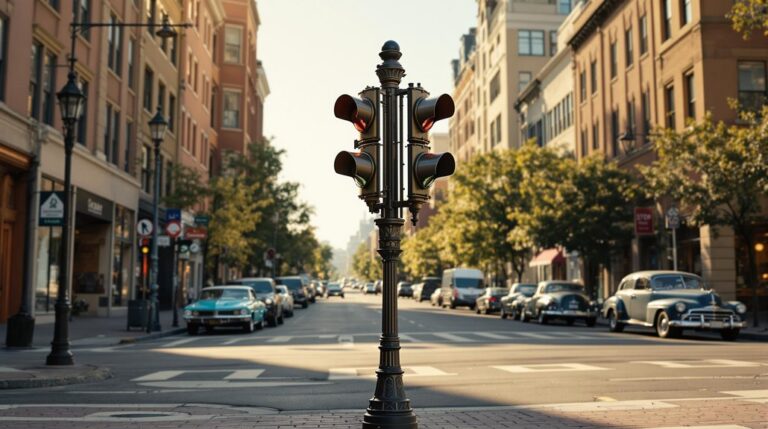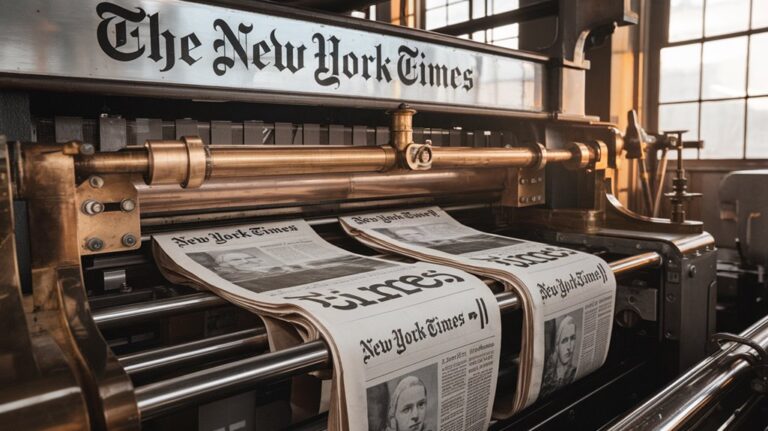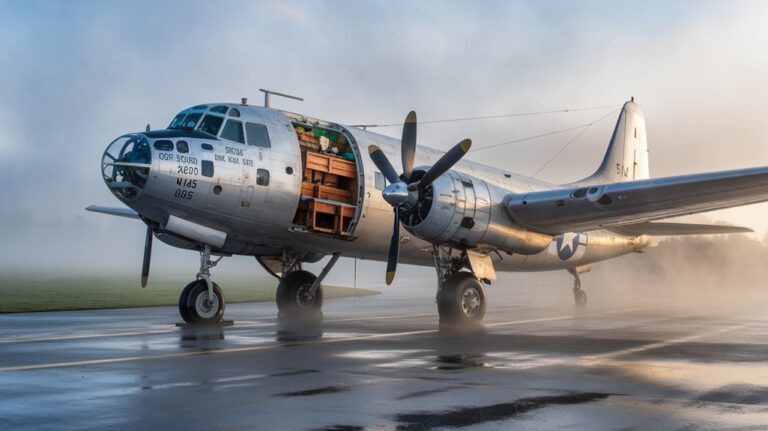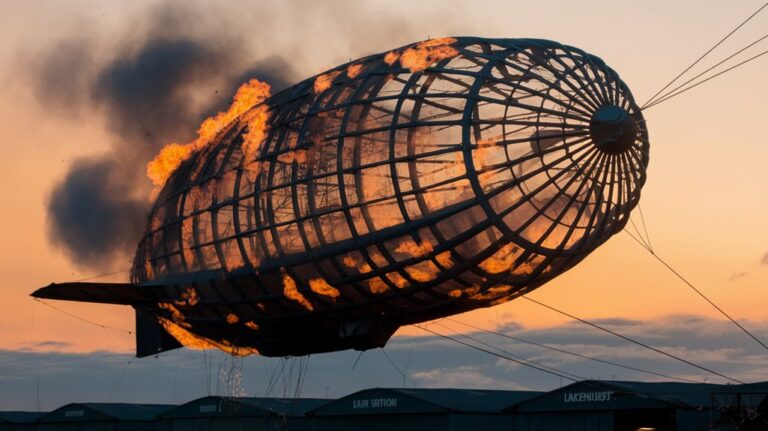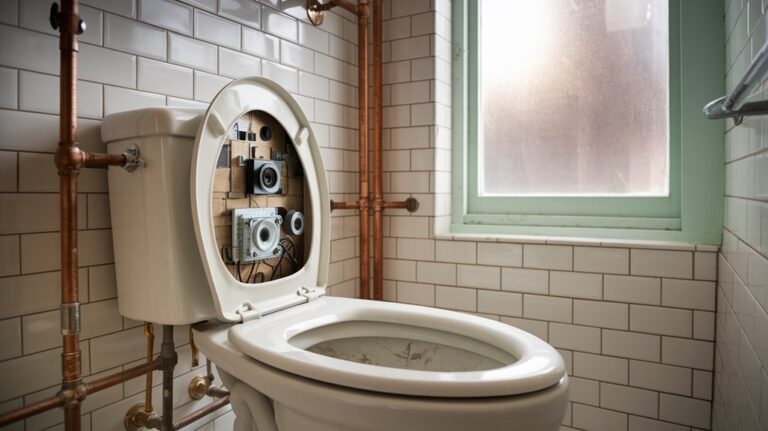WWII’s Influence on Soda: How War Bubbled Up a Bestseller
Like the mythical King Midas whose touch turned everything to gold, Coca-Cola's wartime strategy transformed a simple soft drink into an American icon. You've probably noticed those vintage photos of soldiers clutching glass bottles of Coke, but there's more to this fizzy tale than nostalgia. What began as a five-cent promise to GIs evolved into a global phenomenon that would reshape not just the beverage industry, but the very way nations consumed their drinks. The real story might surprise you.
A Five-Cent Promise That Changed Everything
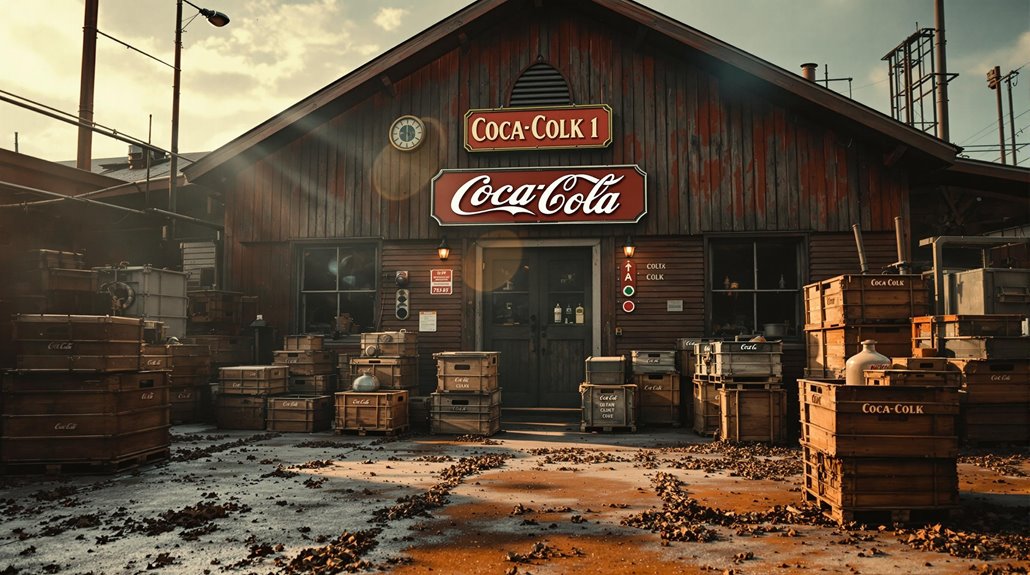
While many companies adjusted their prices during major historical events, Coca-Cola's unwavering commitment to its five-cent price from 1886 to the late 1950s stands as one of marketing's most remarkable strategies.
In a bold move, they even attempted to convince the U.S. Treasury Department to mint a 7.5 cent coin to help manage price increases.
Despite price inflation pressures, Coca-Cola maintained this pricing through innovative methods, including a fixed syrup price contract and vending machines designed specifically for nickels. The company's aggressive advertising nationwide reinforced this nickel price to consumers.
The strategy built unprecedented consumer loyalty, with Coca-Cola dominating 85% of the vending machine market by 1950.
When you consider that five cents in 1886 was worth only 15 cents by 1959, you'll appreciate how this pricing commitment shaped both the company's identity and America's beverage culture.
Building Bottling Plants in Battle Zones
Despite the wartime restrictions on non-essential goods, Coca-Cola initiated an ambitious expansion during WWII by establishing 64 bottling facilities across combat zones.
Starting in Algiers, the company invested $83.2 million in today's value to build plants throughout Europe and North Africa, with a significant presence in the Philippines.
The bottling logistics became even more innovative when General Eisenhower requested portable factories.
You'd find these mobile units following American troops, with 64 portable bottling lines eventually deployed.
In the Pacific theater, 1,100 "jungle fountains" – mobile soda units equipped with ice-makers – traveled on army jeeps to serve combat beverages in remote locations.
While shipping space was reserved for essential war supplies, Coca-Cola's creative solutions, built at their own expense, guaranteed soldiers could enjoy their favorite drink near the front lines.
Robert Woodruff's declaration that soldiers would get their Coca-Cola for five cents became a cornerstone of the company's wartime strategy.
The company's commitment was demonstrated by deploying 148 Technical Observers who ensured smooth operations of these facilities.
The Coca-Cola Colonels' Global Mission
To execute its ambitious wartime expansion, Coca-Cola deployed 148 "Technical Observers" – nicknamed the Coca-Cola Colonels – across global combat zones. Dressed in army fatigues and treated as officers, these representatives brought a taste of home to American troops from North Africa to the Pacific.
You'll find their legacy in the remarkable logistics they managed: establishing 64 bottling plants in combat zones and distributing over 5 billion bottles by war's end. Working closely with General Dwight Eisenhower, they strategically positioned these facilities near the frontlines.
Despite sourcing challenges and harsh conditions, they maintained product quality while fostering wartime camaraderie among soldiers. Their success built upon the company's earlier strategy of using free samples and promotional items to win customer loyalty.
Their mission extended beyond refreshment – they transformed temporary wartime facilities into permanent operations, doubling Coca-Cola's international presence by 1960.
The Coca-Cola legacy they built didn't just quench thirst; it established an enduring global brand that symbolized American refreshment worldwide.
Fanta's Wartime Origins in Nazi Germany
The same war that sent Coca-Cola Colonels across Allied territories sparked an unexpected creation behind enemy lines.
When trade embargoes cut off Coca-Cola Deutschland from its American parent company, the German subsidiary's head, Max Keith, had to get creative.
Prior to the war, Coca-Cola Deutschland operated 43 bottling plants and over 600 distributors.
You might be surprised to learn that Fanta's ingredients weren't the familiar orange blend you know today.
Instead, Keith cobbled together whatever he could find: whey and apple pomace from cider presses.
The innovative drink emerged from a desperate need to maintain wartime operations and preserve the workforce.
Named after the German word "Fantasie," this wartime concoction sold 3 million cases by 1943.
While marketed as a wholesome beverage for German families and aligned with Nazi propaganda themes, it served multiple purposes – Germans even used it to sweeten soups during sugar rationing.
Marketing Morale Through Military Partnerships
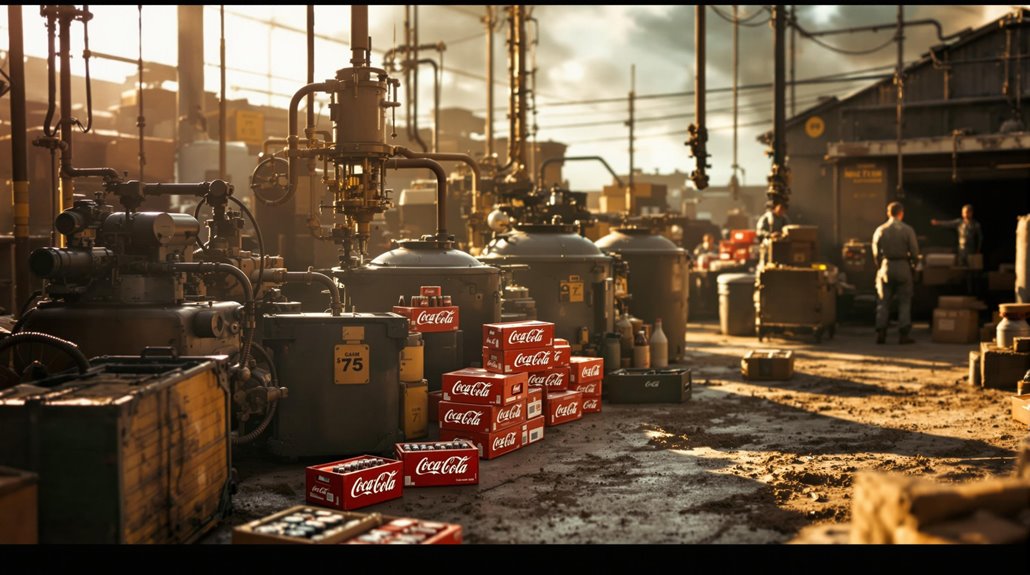
When America entered World War II, Coca-Cola's president Robert Woodruff made a bold promise that would reshape the company's future: "Every man in uniform gets a bottle of Coca-Cola for five cents, wherever he's and whatever it costs our company."
This commitment launched an unprecedented military partnership that saw 148 "Technical Observers" – nicknamed Coca-Cola Colonels – deployed to war zones, where they established 64 bottling plants and helped distribute over 5 billion bottles to troops during the war. The drink became such a morale-boosting favorite among soldiers serving in combat.
 occupation forces after WWII.
occupation forces after WWII.
They distributed branded sewing kits and custom board games through USO centers, ensuring soldiers had a familiar taste of home even in foxholes.
The Post-War Soft Drink Empire
Building on its wartime momentum, Coca-Cola's military partnerships transformed into a sprawling global empire that would dominate the soft drink industry for decades to come.
Through calculated international expansion and market strategies, you'll find Coke's influence stretching from war-torn Europe to the far reaches of Asia. Both Coca-Cola and Pepsi have established robust operations in over 120 countries. Fanta's popularity has made it a cornerstone brand, now sold in 188 countries worldwide.
The post-war era's remarkable transformation brought:
- Explosive growth from 34 to 55 gallons in per capita consumption
- A staggering $61 billion in retail sales by 2001
- Market dominance with Coke and Pepsi controlling 74% of sales
- Innovation breakthroughs with diet sodas and recyclable packaging
- Cultural adaptation through unique regional flavors in 36 countries
You're witnessing an industry that's evolved from wartime necessity to peacetime prosperity, as soft drink manufacturers turned military connections into global distribution networks and unprecedented market reach.

